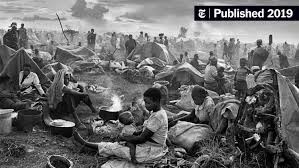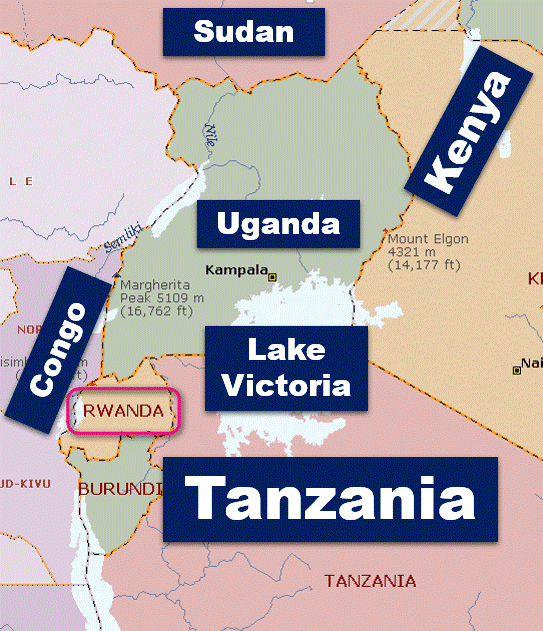Description

Disclaimer: Copyright infringement not intended.
Context
- Researchers have created a plant-based polymer that biodegrades at the microplastic level.
Rwanda genocide?
- The Rwandan genocide, also known as the genocide against the Tutsi, was a genocidal mass slaughter of Tutsi in Rwanda by members of the Hutu majority government. An estimated more than 800,000 Rwandans were killed during the 100 days from April 7 to mid-July 1994.
Causes
- Rwanda was once ruled by a Tutsi monarchy. In the mid-20th century, it became a Hutu-led Republic.
- Beginning in the 1890s, the Germans and British jockeyed for control of the Nile headwaters. After the German defeat in World War I, the Belgians entered Rwanda and Burundi and the British took over in Tanganyika.
- After World War 1, Rwanda came under the League of Nations mandate of Belgium during which the ruling Belgians favored the minority Tutsis over the Hutu majority. It led to a widening of communal rift between Tutsis and Hutus.
- In 1959, Rwanda saw violent riots led by Hutus in which some 20,000 Tutsis were killed and many more were displaced. The Hutu revolution in 1959 forced thousands of Tutsis to flee the country.
- Amid growing violence, the Belgian authorities handed over power to the Hutu elite. King Kigeli V fled the country. In the 1960 elections, organized by the Belgians, Hutu parties gained control of nearly all local communes.
- Ethnically motivated violence continued against Tutsi even after independence in 1962.
- Kayibanda became Rwanda’s first elected President, while the Tutsis who fled the country formed armed insurgencies.
- Since then, Rwanda had been controlled by Hutus, until their genocidal regime was toppled by the Rwandan Patriotic Front (RPF) in 1994.

Immediate cause –
- The signing of an Arusha agreement by Habyarimana and thereafter the killing of moderate Hutu leader Habyarimana of the Rwandan government on Apr 6, 1994, in a plane crash is considered to be the main cause.
- The main radio station of Kigali blamed the downing of the plane carrying Habyarimana and Ntaryamira on the Rwandan Patriotic Front (RPF), a Tutsi rebel group that had been fighting a guerilla war with the Rwandan government for some time as part of the Rwandan Civil War.
- The station encouraged Hutu to take up arms against the Tutsi, to prevent a return to the old days of the Tutsi monarchy.
- The resulting bloodbath starting on April 7 and lasting for 100 days saw Rwandan Army, police, the Interahamwe militia, and Hutu civilians hack through 800,000 Tutsis, moderate Hutu and Twa men, women, and children. A million Tutsi women were raped.
French Connection of the Genocide:
- France maintained close diplomatic ties with the Hutu-dominated government. ever since they gained independence.
- During the 1994 civil war, France sent forces only after it felt that Tutsi rebels would defeat the Hutu militia. France saved many Hutu plotters of Genocide, even sheltering them/asylum in France.
- Therefore, some people blame France and helping the Hutus to plot this genocide.
About Rwanda
- Rwanda is a landlocked country in central Africa
- Its Capital is Kigali
- Population composition: Hutus – majority, Tutsi –Minority

Source: https://www.downtoearth.org.in/news/africa/dallaire-rusesabagina-2-men-who-witnessed-the-rwandan-genocide-first-hand-reflect-on-incidents-3-decades-ago-95436
|
PRACTICE QUESTION
Q. Consider the following statements about the Rwandan genocide:
- The Rwandan genocide was a genocidal mass slaughter of Hutu in Rwanda by members of the Tutsi majority government.
- The Arusha Agreement recently seen in the news is related to the genocide.
- France is often blamed for helping the Hutus to plot this genocide.
How many of the above statements is/are correct?
- Only one
- Only Two
- All three
- None
Answer- B
|












